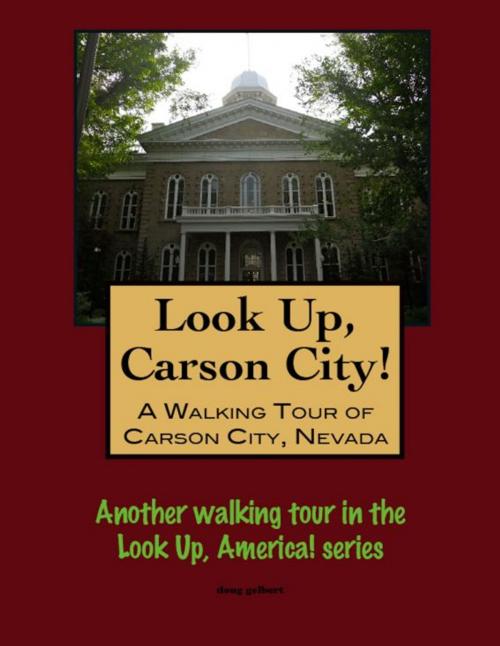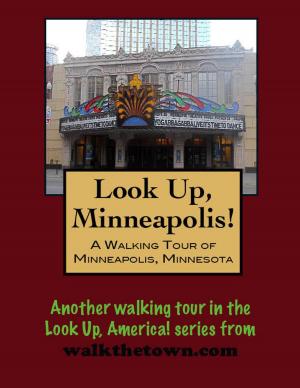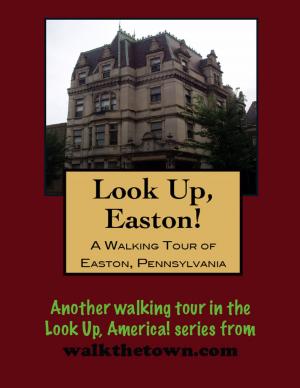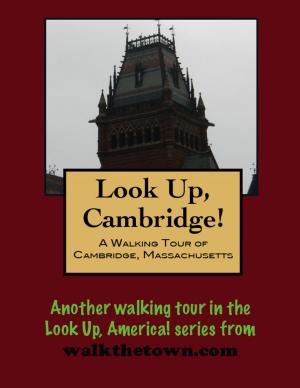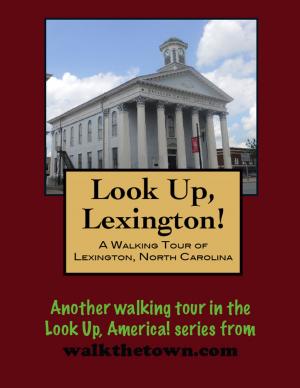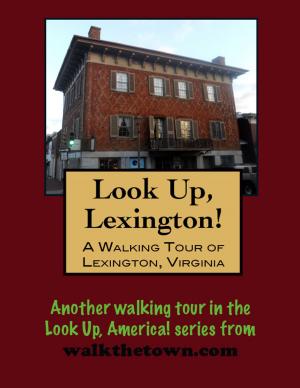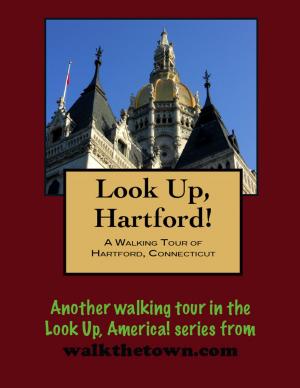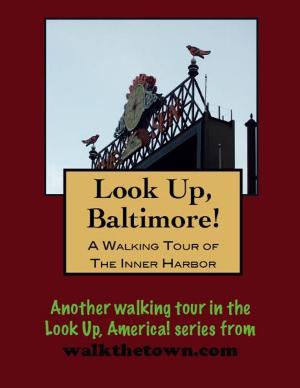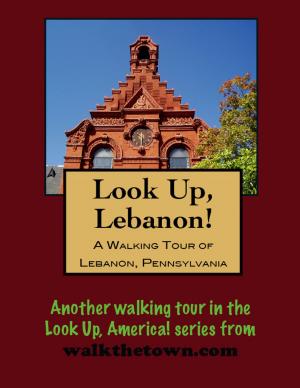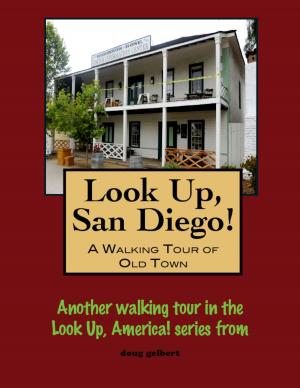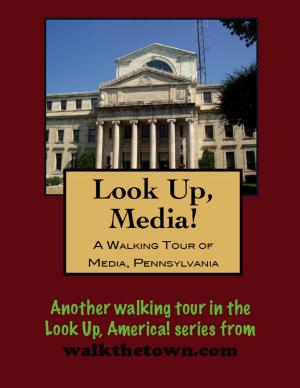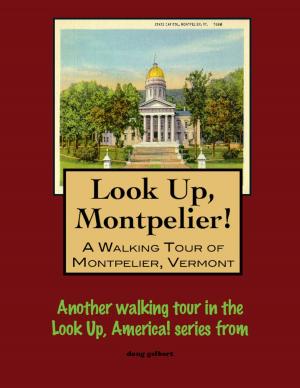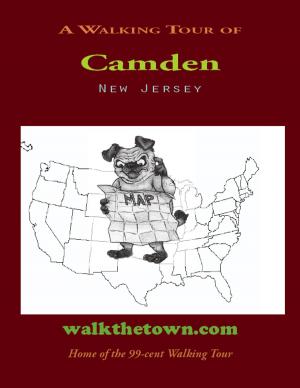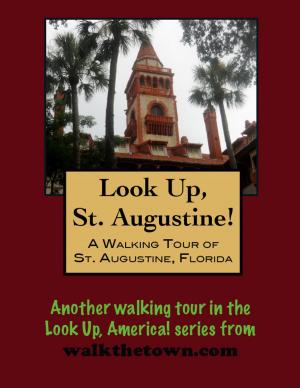Look Up, Carson City! A Walking Tour of Carson City, Nevada
Nonfiction, Travel, Lodging & Restaurant Guides| Author: | Doug Gelbert | ISBN: | 9781301439768 |
| Publisher: | Doug Gelbert | Publication: | November 9, 2012 |
| Imprint: | Smashwords Edition | Language: | English |
| Author: | Doug Gelbert |
| ISBN: | 9781301439768 |
| Publisher: | Doug Gelbert |
| Publication: | November 9, 2012 |
| Imprint: | Smashwords Edition |
| Language: | English |
There is no better way to see America than on foot. And there is no better way to appreciate what you are looking at than with a walking tour. Whether you are preparing for a road trip or just out to look at your own town in a new way, a downloadable walking tour is ready to explore when you are.
Each walking tour describes historical and architectural landmarks and provides pictures to help out when those pesky street addresses are missing. Every tour also includes a quick primer on identifying architectural styles seen on American streets.
For many years Carson City was America’s smallest capital city. Far from lamenting the situation, civic boosters boasted about the town’s status as the population hovered around 1,500 in the 1920s and 1930s.
Such was not always Carson City’s lot in life. When optimistic pioneer Abraham Curry was laying out streets for his new town in 1858 he set aside ten acres specifically for a capitol - and Nevada wasn’t even a territory yet. But the next year the richest silver strike in the history of the country was made in the nearby Comstock and Carson City took on the importance of its namesake - frontier legend Christopher “Kit” Carson.
The town became a transportation hub and processor of the timber needed to build the Comstock mines. When the Nevada Territory was formed out of the Utah Territory in 1861 Carson City was designated as the capital city and when Abraham Lincoln created the 36th state in the Union on October 31, 1864 Carson City continued as the state capital. The population soared over 5,000 and as many as 36 trains a day rumbled through town.
By the 1880s the silver had played out in the Comstock and the Southern Pacific Railroad had built its line north of town. The population dwindled and would not reach its boom 1860s boom town levels for almost 100 years. In 1969 Ormsby County was dissolved and Carson City assumed control of 146 square miles of land and its people making Carson City is one of America’s largest seats of government physically. Today the city has more people than nine other capitals.
Few state capitals have retained as human a scale as Carson City. The original statehouse is still in use, shrouded in trees planted at the time of its construction, and most of the surrounding streets are residential. A 1991 ordinance specifies that no building within 500 feet can be built taller than its octagonal dome so there will be plenty of sky above when we begin our walking tour in the capitol’s shadow...
There is no better way to see America than on foot. And there is no better way to appreciate what you are looking at than with a walking tour. Whether you are preparing for a road trip or just out to look at your own town in a new way, a downloadable walking tour is ready to explore when you are.
Each walking tour describes historical and architectural landmarks and provides pictures to help out when those pesky street addresses are missing. Every tour also includes a quick primer on identifying architectural styles seen on American streets.
For many years Carson City was America’s smallest capital city. Far from lamenting the situation, civic boosters boasted about the town’s status as the population hovered around 1,500 in the 1920s and 1930s.
Such was not always Carson City’s lot in life. When optimistic pioneer Abraham Curry was laying out streets for his new town in 1858 he set aside ten acres specifically for a capitol - and Nevada wasn’t even a territory yet. But the next year the richest silver strike in the history of the country was made in the nearby Comstock and Carson City took on the importance of its namesake - frontier legend Christopher “Kit” Carson.
The town became a transportation hub and processor of the timber needed to build the Comstock mines. When the Nevada Territory was formed out of the Utah Territory in 1861 Carson City was designated as the capital city and when Abraham Lincoln created the 36th state in the Union on October 31, 1864 Carson City continued as the state capital. The population soared over 5,000 and as many as 36 trains a day rumbled through town.
By the 1880s the silver had played out in the Comstock and the Southern Pacific Railroad had built its line north of town. The population dwindled and would not reach its boom 1860s boom town levels for almost 100 years. In 1969 Ormsby County was dissolved and Carson City assumed control of 146 square miles of land and its people making Carson City is one of America’s largest seats of government physically. Today the city has more people than nine other capitals.
Few state capitals have retained as human a scale as Carson City. The original statehouse is still in use, shrouded in trees planted at the time of its construction, and most of the surrounding streets are residential. A 1991 ordinance specifies that no building within 500 feet can be built taller than its octagonal dome so there will be plenty of sky above when we begin our walking tour in the capitol’s shadow...
